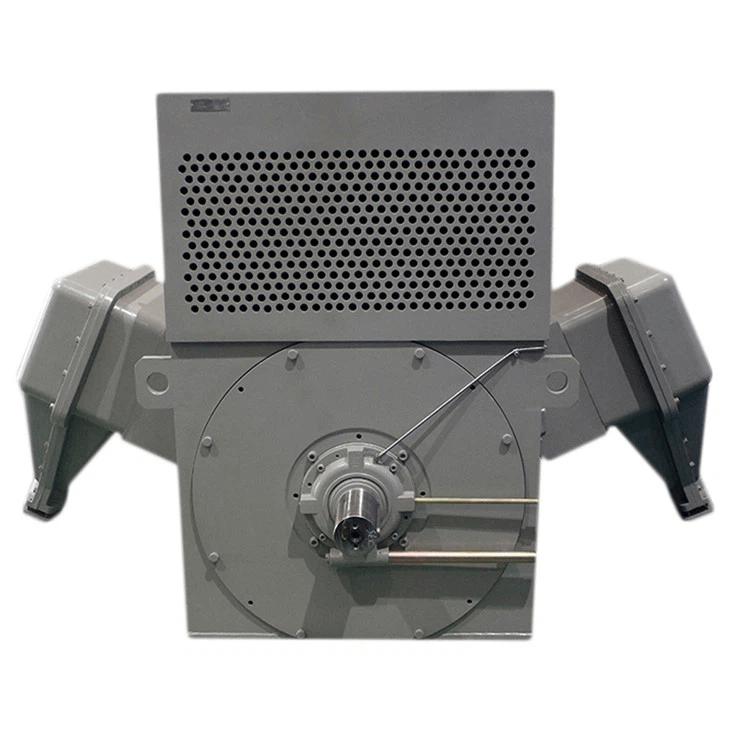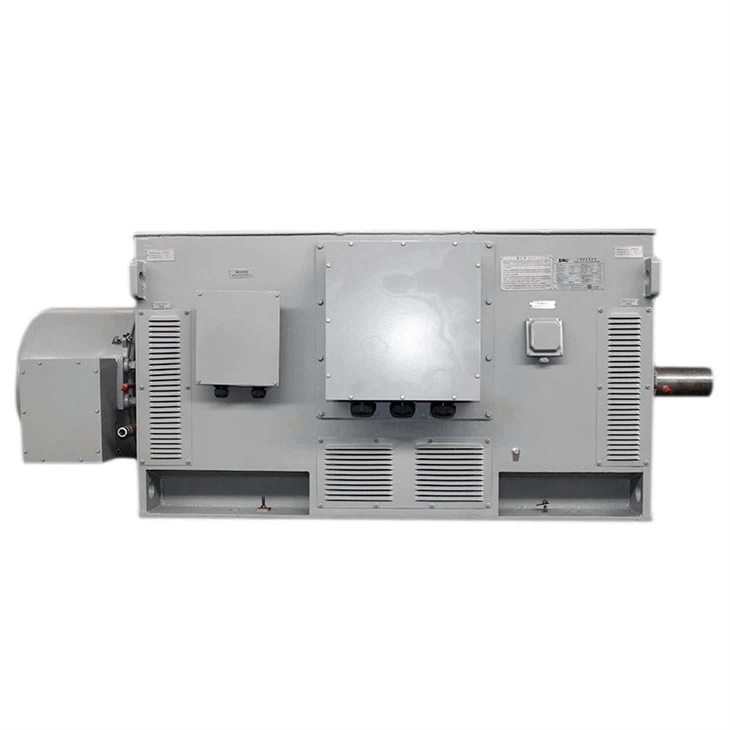Description
Brief Introduction
Before installing this series of slip ring and squirrel cage motors, in addition to measuring the insulation resistance of the main motor winding as specified in the motor’s operation and maintenance manual, electrical tests must be performed on all motor accessories and supporting equipment according to the relevant guidelines and standards outlined in their respective manuals. For accessories such as air and water coolers, cooling fans, and forced-air coolers, it is essential to measure the insulation resistance of the fan motor windings using a 500V megohmmeter while the equipment is in a cold state before use. The insulation resistance should not be less than 0.5 MΩ, and for motors subjected to wet heat conditions, the resistance should be no less than 1 MΩ. If the resistance falls below these values, drying is required, ensuring the winding temperature does not exceed 120℃ during the drying process.
Only when the attached squirrel cage and slip ring motors are confirmed to be free from moisture or have been properly dried can secondary voltage withstand tests and acceptance procedures be conducted. The test voltage should not exceed 0.75 × (2 × Un + 1000) volts. Repeated voltage withstand testing is prohibited to avoid insulation damage. After voltage testing, ground discharge procedures must be applied. For measuring the insulation resistance of embedded temperature sensors (thermometers), a megohmmeter with a voltage no higher than 250V should be used.
For accessories and supporting equipment such as photoelectric encoders, speed sensors, current transformers, vibration sensors, oil stations, and excitation cabinets, which contain integrated circuits, electronic components, and other sensitive parts, testing must strictly follow the electrical testing procedures detailed in their instruction manuals. It is prohibited to perform insulation resistance or voltage withstand tests arbitrarily without adhering to these regulations.














 3 Phase AC Synchronous Generator
3 Phase AC Synchronous Generator
Reviews
There are no reviews yet.